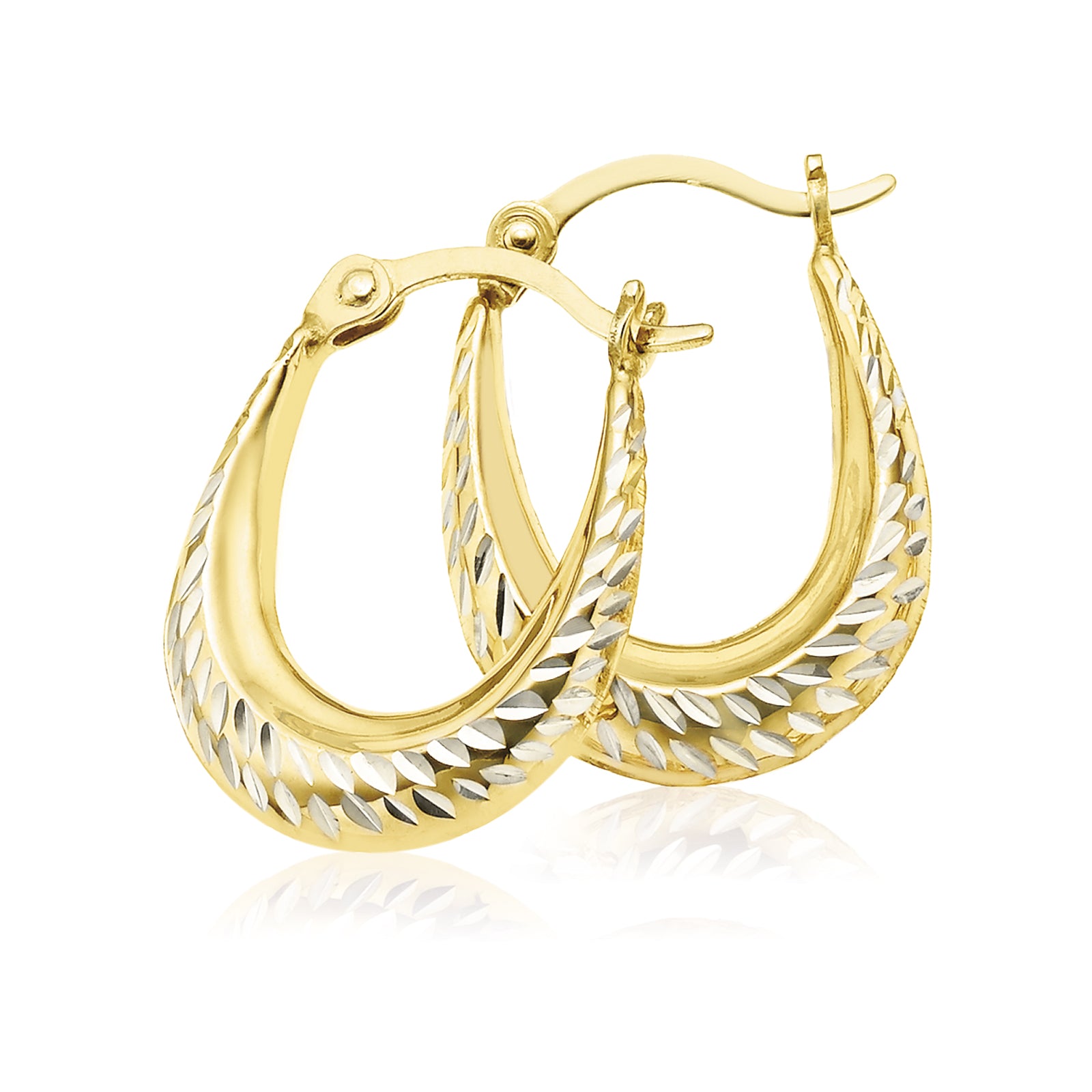THE 4 C'S
A diamond ring is a substantial addition to your precious Jewellery collection, so it is important that when buying your piece you get value for money, and importantly that you understand what you are buying.
Diamonds are appraised in a rating system called the 4 C's standing for Cut, Carat, Colour and Clarity.
Below is a guide for you to refer to when selecting your next precious purchase.
A diamond's cut is expressed in terms of proportions and finish. Proportions describe the angles of inclination and proportional relations between the various parts of the stone, whilst finish is mainly concerned with the symmetry deviations and positioning of the facets. A diamond's cut is its most important feature. A poorly cut diamond will "leak" light out the back, diminishing the stones value. A good cut will magnify the brilliance and liveliness creating a well performing diamond.
Carat refers to the Diamond's weight. One carat equals a fifth of a gram. The total carat weight of a diamond contributes considerably to the value of the piece.
Diamonds come in a variety of colours. White diamonds are the most common and the most popular. A perfectly white diamond should be crystal clear. The lighter the tint of yellow or brown, the more rare and valuable.
Clarity refers to the appearance of internal characteristics; the fewer the number the higher the grading. Nearly all diamonds contain inclusions or flaws that diminish the stones brilliance. The highest clarity grading is expressed as a "loupe clean" and is completely free of inclusions when viewed by an experience grader through a 10x loupe (magnifier). The lowest clarity grades possess inclusions that are visible to the naked eye.
Diamonds are the most durable substance on earth. With appropriate care, they can last forever. However, like anything else they can be scratched, chipped, smudged and soiled. Powders, soaps, lotions and even the oil from your skin will create a film on diamonds. Keeping your jewellery looking brilliant requires only simple maintenance. This simple maintenance will be rewarded with beautiful, long-lasting jewellery. It is essential that you aware of how to care and clean for your jewellery.
DIAMOND CARE
Caring for you diamonds
Try to protect all jewellery from sharp blows, harsh chemicals, sunlight and extreme temperatures. Chlorine and related chemicals can severely discolour and damage jewellery as well as loosen stones and settings.
Remove rings when working with your hands, such as gardening or heavy housework. Carefully wipe jewellery with a soft chamois or flannel cloth after each wearing to remove oils and salts.
Store each item of jewellery separately to prevent scratching with other pieces.
Clean your diamonds on a regular basis.
Cleaning your diamond jewellery:
Here are some simple ways to clean your diamonds and maintain their brilliant sparkle:
- Detergent bath: Prepare a small bowl of warm suds with any kind of mild liquid detergent. Brush the item of jewellery with a small soft brush creating a lather. Place the piece on a wire strainer and rinse with warm water. Pat dry with a soft lint free cloth.
- The Ultrasonic Cleaner: There are several types of these small machines available in the market. They will clean any piece of jewellery that can be soaked in a liquid within minutes. They are comprised of a metal cup, which you fill with water and detergent. When the machine is turned on, a high-frequency turbulence is created. Please read the machines instructions prior to use.
Or alternatively you can visit any one of our Zamel's stores to have your jewellery cleaned.
STORING DIAMONDS
To store individual pieces of diamond jewellery, wrap each one in a separate soft, lint-free cloth. This cushions the jewellery and keeps it dust-free. The original boxes the pieces came in are perfect for storage, though they take up more space and may be impractical for a large collection. Some jewellers offer small cloth bags for jewellery storage, or a small plastic bag can be used as an alternative. To make lint-free cloths, old handkerchiefs, blouses, or scarves can be cut into small pieces. White cloths are best, because if they are exposed to moisture there is no chance of dyes leaking onto the jewellery.
Most people store diamonds in jewellery boxes. Unfortunately, burglars know this, and prominent jewellery boxes are often the first place they look for valuables. If left on a dresser or nightstand, a jewellery box is best reserved for costume jewellery or other inexpensive pieces. Diamonds should be stored where a burglar wouldn't normally expect to find expensive items, such as a tool chest, storage closet, or kitchen cabinet.
Crowded jewellery boxes can damage diamonds. Pendants and bracelets tangle easily, and earrings may be lost if a box is so full that they are not noticed. Forcing jewellery into a crowded box may bend or warp rings, earrings, or other delicate items, especially antique and heirloom pieces. A crowded jewellery box is also more likely to result in chips and scratches.






